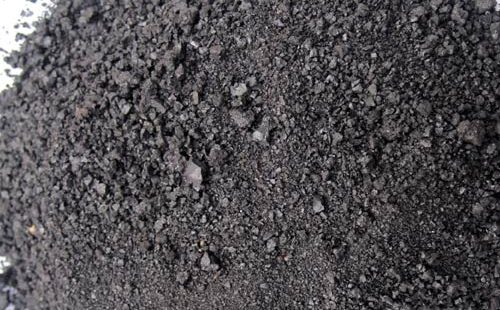
Introduction to Sulfonated Asphalt Production from Oxidized Bitumen
Sulfonated asphalt, a chemical modification of bitumen, has great importance in the oil and gas industries, particularly in the formulation of drilling fluid.
Its role is manifold:
- enhancing shale stabilization
- reducing fluid loss
- providing lubricity
Starting with oxidized bitumen, the chemical and physical transformations through which such desired properties are developed are explained in detail herein. This guide explains how this type of process would be created, its needs, and considerations.
Raw Material Knowledge
The key raw material, oxidized bitumen, is a rigid and infusible kind of bitumen that is manufactured by blowing air into hot-molten bitumen. Chemically, it has stable materials with high carbon content; thus, it is excellent to work with in terms of sulfonation. The sulphonating agents, normally sulphuric acid or oleum, attach the sulfinic acid group to the molecules of bitumen. That attaches the water solubility as well as improves its functionality. The product is stabilized and pH corrected by adding neutralizing agents such as sodium hydroxide or calcium hydroxide.
Production Process of Sulfonated Asphalt
1. Heat-up and Preparation
The manufacturing process starts with the heating of oxidized bitumen in a reaction vessel to about 150–180°C. This decreases the viscosity of the bitumen and ensures a uniform reaction environment. The controlled heating system avoids thermal decomposition and ensures safety.
2. Sulfonation Reaction
Sulfuric acid or oleum is added slowly to the molten bitumen under constant agitation to ensure even mixing. The reaction temperature is carefully maintained between 100–140°C to prevent excessive exothermic heat release. This step lasts about 1–2 hours, during which the sulfuric acid reacts with the bitumen molecules, forming sulfonic acid groups.
3. Neutralization
Upon completion of sulfonation, the mixture is acidic in nature, thus needing neutralization. Gradually, a neutralizing agent (sodium hydroxide or calcium hydroxide) is introduced for maintaining an approximately basic pH in a range of 7 to 8. It offers stability and more solubility in water. In addition to that, it prohibits the possibility of corrosion, besides making it easy to handle.
4. Additives Addition
Additives such as lignosulfonates or polymers can be added to improve the performance of sulfonated asphalt. These materials enhance properties like shale inhibition, thermal stability, and fluid loss control.
5. Cooling and Packaging
The final mixture is cooled gradually while stirring to avoid solidification during the process. After cooling, the product is packed in airtight containers to preserve the properties and avoid contamination.
Sulfonated Asphalt Applications
The application of sulfonated asphalt extends widely in the field of the petroleum industry in general, especially within the drilling fluid systems. Among its uses is stabilizing problem shale formations when drilling. In general, this agent acts by coating and sealing the surfaces to prevent further swelling or disintegration resulting from water intrusion into the shale body.
Furthermore, sulfonated asphalt is also important in minimizing fluid loss to permeable formations, critical to the integrity of the drilling fluid system and wellbore protection. The lubricating property contributes to minimizing torque and drag on the drill string, therefore enhancing drilling efficiency and prolonging equipment life.
Apart from oilfield applications, sulfonated asphalt is used in some cases in soil stabilization, improving the mechanical properties of soils for construction. The chemical nature of the product also makes it useful in specific industrial processes where the requirement is for bitumen with improved solubility and compatibility. These varied uses underpin its importance as a multi-functional material in demanding operational environments.
Conclusion
The manufacturing of sulfonated asphalt from oxidized bitumen is a complex process, marrying chemical reactions with precision engineering controls. The resulting product is a multi-faceted additive with wide-ranging applications in the petroleum industry. With an understanding of the steps in detail and by maintaining strict quality controls, manufacturers can produce a material that will meet the high-performance demands of modern drilling operations.

